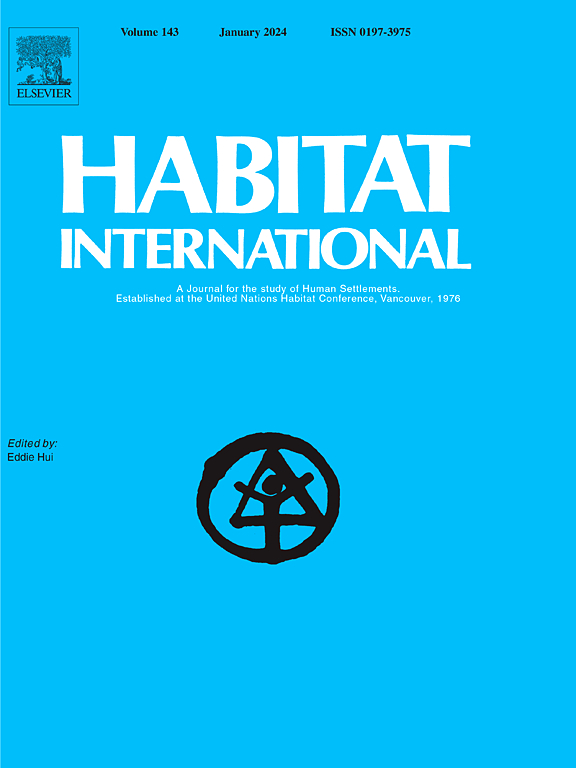Comparing the spatial structure of cities in East Africa, Europe and North America
IF 6.5
1区 经济学
Q1 DEVELOPMENT STUDIES
引用次数: 0
Abstract
Understanding urban spatial structure is important as it reflects, among other things, the liveability, sustainability, and economic situation of a city. While considerable research has been done on urban spatial structure in North America, Europe, and China, cities in sub-Sharan Africa are chronically understudied. Yet, the largest urban population growth of our time is taking place in exactly these cities, and as a consequence these cities face large sustainability challenges. In this paper, we develop new land use maps for multiple cities in East Africa, and use these to compare the spatial structure of cities in this region with cities in Europe and North America. By using land use, building footprint, and population data, we calculate several metrics in order to quantify the differences between cities of across three continents. We find that cities in East Africa, on average, have smaller building footprints compared to cities in North America and Europe, but that regarding land use clustering, built-up density and population distribution the variations within regions are higher than between them. Overall, the results indicate that the spatial structure of East African cities is not consistently different from cities in other continents, yet the variability found between cities of the same region challenge the idea that there is such a thing as a generic model for urban spatial structure.
比较东非、欧洲和北美城市的空间结构
了解城市空间结构非常重要,因为它反映了城市的宜居性、可持续性和经济状况。尽管对北美、欧洲和中国的城市空间结构进行了大量研究,但对撒哈拉以南非洲城市的研究长期不足。然而,我们这个时代最大的城市人口增长恰恰发生在这些城市,因此这些城市面临着巨大的可持续性挑战。在本文中,我们为东非多个城市开发了新的土地利用地图,并使用这些地图将该地区城市的空间结构与欧洲和北美城市进行了比较。通过使用土地利用、建筑足迹和人口数据,我们计算了几个指标,以量化三大洲城市之间的差异。我们发现,与北美和欧洲的城市相比,东非城市的建筑足迹平均较小,但在土地利用集群、建筑密度和人口分布方面,区域内的差异大于区域间的差异。总体而言,研究结果表明,东非城市的空间结构并不总是与其他大洲的城市不同,但同一地区城市之间的差异挑战了城市空间结构存在通用模型的观点。
本文章由计算机程序翻译,如有差异,请以英文原文为准。
求助全文
约1分钟内获得全文
求助全文
来源期刊

Habitat International
Multiple-
CiteScore
10.50
自引率
10.30%
发文量
151
审稿时长
38 days
期刊介绍:
Habitat International is dedicated to the study of urban and rural human settlements: their planning, design, production and management. Its main focus is on urbanisation in its broadest sense in the developing world. However, increasingly the interrelationships and linkages between cities and towns in the developing and developed worlds are becoming apparent and solutions to the problems that result are urgently required. The economic, social, technological and political systems of the world are intertwined and changes in one region almost always affect other regions.
 求助内容:
求助内容: 应助结果提醒方式:
应助结果提醒方式:


